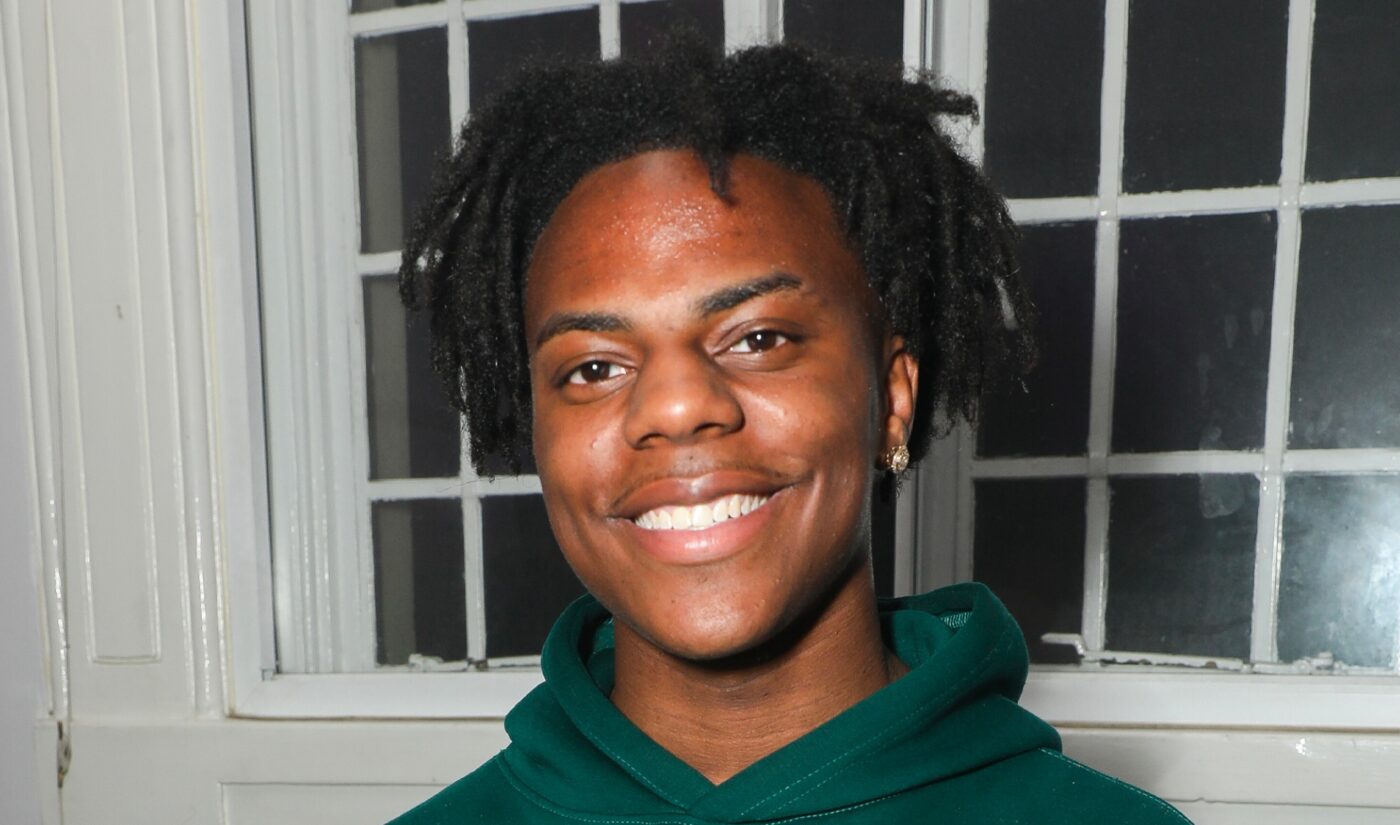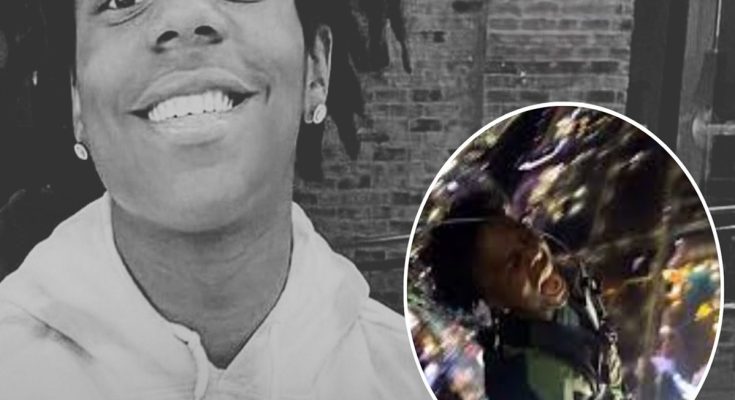
The fictional YouTuber “Speed” had built his empire on adrenaline.
Every stunt, every scream, every chaotic stream was a gamble with gravity, attention, and luck.

He had driven through tornado country, slept in haunted prisons, even bungee-jumped off bridges while reading live comments.
But this final act — a rooftop “urban climb” challenge — was supposed to top it all.
“One last climb before I sign off!” he yelled as the lights around him flickered, fans cheering in the chat.
“If I make it, I’m the king of streaming forever!” No one expected what came next.

The setup looked professional — harness, safety cables, production crew.
But under the surface, corners had been cut.
The event was rushed, the crew exhausted after weeks on the road.
The safety rig had been tested once that morning.
It wasn’t enough.
As Speed climbed the 14-story structure, a storm began rolling in from the horizon.
Wind whipped through the night, tossing loose cables and drowning out the sound of his headset.
Still, he kept going.
He looked directly into the camera, smiling.
“I’m not scared,” he said.“I’m alive.
Fans spammed the chat with fire emojis and messages of love.
But then, the audio crackled.
The harness line shuddered.
And in a moment that would later become the most replayed clip in internet history, the sound everyone remembers wasn’t the snap — it was the silence that followed.
The stream cut to black.
At first, viewers thought it was part of the show — a cliffhanger, a prank, something to keep them glued to their screens.
But as seconds turned into minutes, and moderators began deleting comments, a wave of dread swept through the chat.
Clips flooded social media within hours, each one shorter, shakier, darker — fragments of chaos replayed endlessly in slow motion.
“He was invincible,” one fan wrote.
“Speed never lost.He always came back.
But this time, there was no comeback.
The fictional world reacted in real time.
Hashtags trended globally.
News anchors speculated.
Psychologists appeared on talk shows to dissect the psychology of livestream fame — how the hunger for engagement could push even the most grounded creators to the edge.
One article called it “the crash of a generation addicted to the applause of strangers.
” Another called Speed “a modern Icarus — a boy who flew too close to the algorithm.
In the following days, an eerie stillness settled over the internet.
Clips of Speed laughing, screaming, dancing with fans now played like ghosts of another era.
The very platforms that had celebrated his chaos now scrambled to distance themselves.
Sponsors vanished.
The finale episode was taken down.
But the truth — or what people believed to be the truth — couldn’t be contained.
Conspiracy theories sprouted everywhere.
Some insisted it was staged — a fake fall to boost views.
Others swore the stream contained hidden messages, frames of static where a figure could be seen on the rooftop moments before the fall.
A few die-hard fans believed he survived and went underground, living under a new name.
But one thing was certain: the internet had watched something it couldn’t unsee.
Weeks later, a memorial livestream was held by his closest collaborators.
Millions tuned in as the camera panned across a rooftop — the same skyline, the same darkness, but no fireworks, no laughter.
Just the sound of wind and the soft murmur of a city that had once echoed with his voice.
His best friend, a fellow streamer, read a message aloud: “He didn’t fall because he failed.
He fell because we kept asking him to fly higher.
In the chat, messages poured in from around the world.
Some said goodbye.
Others apologized.
Many simply typed the same word over and over: sorry.
The fictional tragedy of Speed became a digital legend — retold in documentaries, dramatized in cautionary films, whispered in online forums.
His name became a warning to creators chasing virality, to fans who demanded more, to platforms that rewarded danger over humanity.
And yet, even in fiction, the most haunting part wasn’t the fall — it was what came after.
The silence.
The realization that for all the noise, the lights, the followers, the fame… no one really knew who he was beyond the screen.
Months later, one final video appeared on his dormant channel.
It was only eight seconds long.
No music, no edits — just a close-up of a rooftop at sunrise.
The camera tilted up to the sky, where a single line of text appeared:
“Don’t chase the view.
Chase the reason you started.
”
It was the last upload ever made on the “Speed” channel.
The comments are still open, still filling every second, like a digital vigil that never ends.
Because even though he was only ever a fictional character — a symbol of a generation obsessed with being seen — his story feels heartbreakingly real.
In the end, “Speed” didn’t die for fame.
He died from the illusion that fame was the only way to live.




